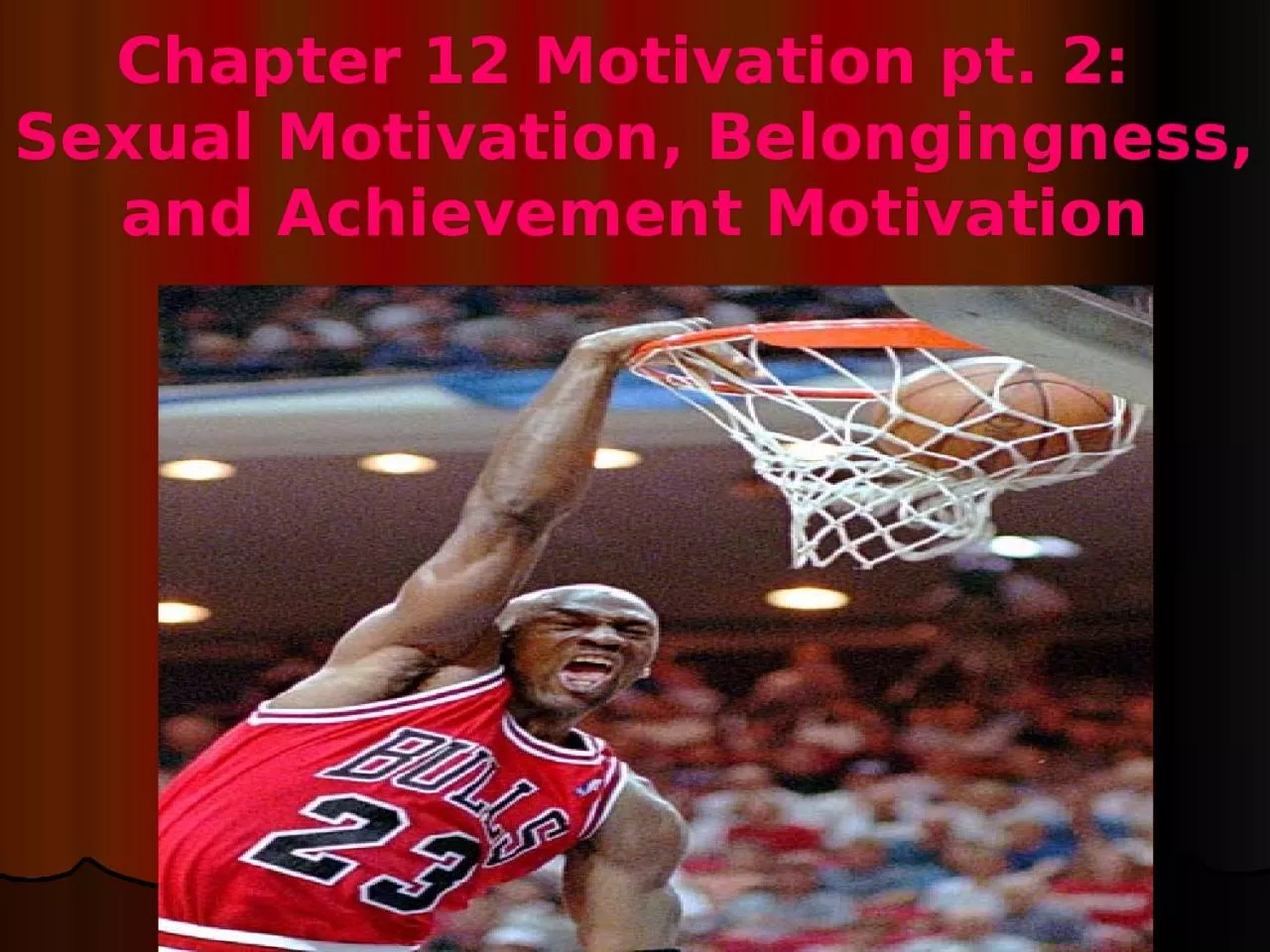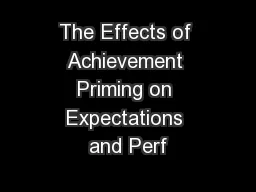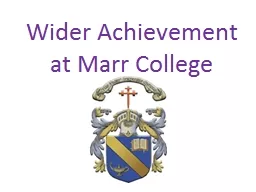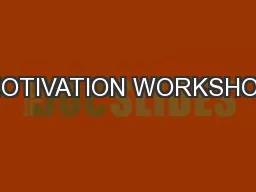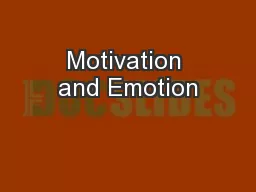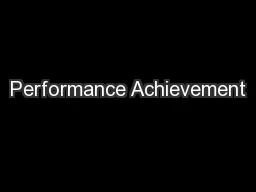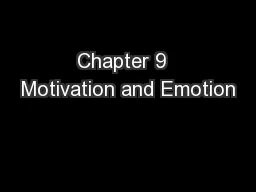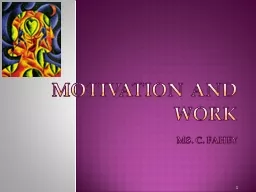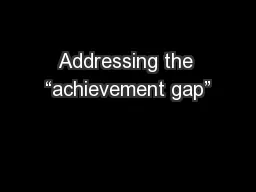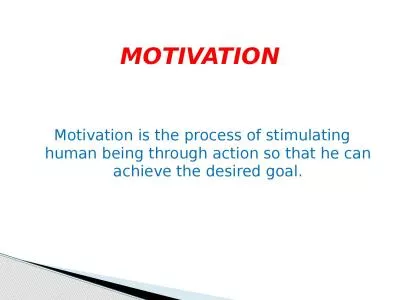PPT-Chapter 12 Motivation pt. 2: Sexual Motivation, Belongingness, and Achievement Motivation
Author : rosemary | Published Date : 2024-02-09
Warm UP Define the following terms Homeostasis Drive Reduction Theory Theory of Optimal Arousal Glucose Hypothalamus in relation to hunger Leptin PYY Set Point Alfred
Presentation Embed Code
Download Presentation
Download Presentation The PPT/PDF document "Chapter 12 Motivation pt. 2: Sexual Mot..." is the property of its rightful owner. Permission is granted to download and print the materials on this website for personal, non-commercial use only, and to display it on your personal computer provided you do not modify the materials and that you retain all copyright notices contained in the materials. By downloading content from our website, you accept the terms of this agreement.
Chapter 12 Motivation pt. 2: Sexual Motivation, Belongingness, and Achievement Motivation: Transcript
Download Rules Of Document
"Chapter 12 Motivation pt. 2: Sexual Motivation, Belongingness, and Achievement Motivation"The content belongs to its owner. You may download and print it for personal use, without modification, and keep all copyright notices. By downloading, you agree to these terms.
Related Documents

